The Landseer is a dog breed originally from Germany. It was bred in the late 19th century by crossing various Molosser breeds, such as the Pyrenean Mastiff and the Great Dane. The official recognition of the breed occurred in 1955.
Purpose of the breed: Landseers were created to protect herds and family holdings. Their powerful appearance and loyalty to their owner make them excellent guards as well as versatile helpers on farms and in households.
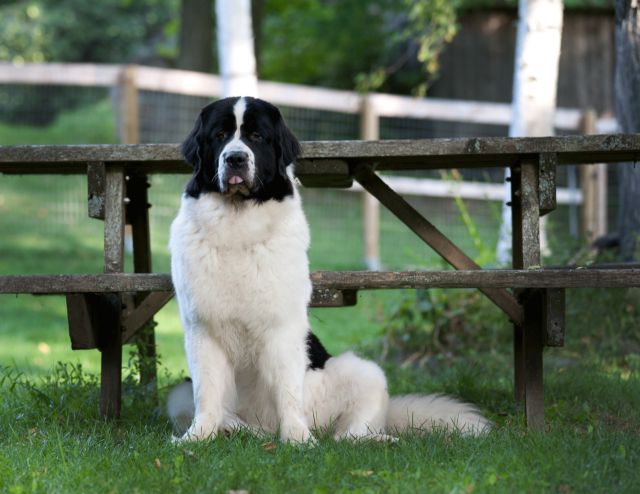
Breed characteristics
Appearance: The Landseer is a large dog with a powerful and massive body structure. They have a broad skull, short ears and round eyes. The Landseer’s tail is long and thick, and the muzzle is square and strong.
Size and Weight: Landseers are one of the largest breeds of dogs. They reach a height of about 70-80 cm at the withers and weigh between 50-90 kg. Males are usually larger than females, but both sexes are of impressive size.
Character and behavior: Landseers are kind and loyal dogs who are very attached to their owners. They are well suited for families with children, as they enjoy playing and participating in family activities. They are also quite calm and patient, which makes them ideal companions for people who spend a lot of time at home.
Despite their kind nature, Landseers are still very protective and can show aggressive behavior toward strangers and animals if they feel they are a threat to their owners or territory. Education and socialization from an early age will help prevent unwanted behavior.
Coat Features: The Landseer’s coat is medium length and thick. It is smooth and shiny, has a soft texture and is pleasant to the touch. The coat is usually black or gray, sometimes with white markings on the chest and paws.
Landseer Care
Feeding: Landseers need a complete and balanced diet appropriate for their age, weight and activity level. They can also be prone to being overweight, so it is important to watch their food allowance and not to overfeed them.
Hair Care: Landseers’ coats need regular grooming to keep them healthy and shiny. It is recommended to brush the coat daily, especially during the moulting period, to avoid hair accumulation and the appearance of brooms around the house. You should not bathe more often than once a month so as not to destroy the natural oil balance in the coat.
Exercise and Exercise: Landseers require an adequate level of exercise and training to keep them healthy and fit. They love to walk and run, and it is recommended to have a spacious yard or go for walks in the park so they can take a walk. Daily walks on a leash are also appropriate. It is recommended to start training at an early age so that the dog gets used to the rules and training.
Veterinarian visits: Like any breed of dog, Landseers have certain illnesses and health problems that need to be monitored and prevented. Regular visits to the veterinarian for checkups and preventative measures are recommended. It is important to watch for vaccinations and flea and tick prevention, especially during the summer vacation season.
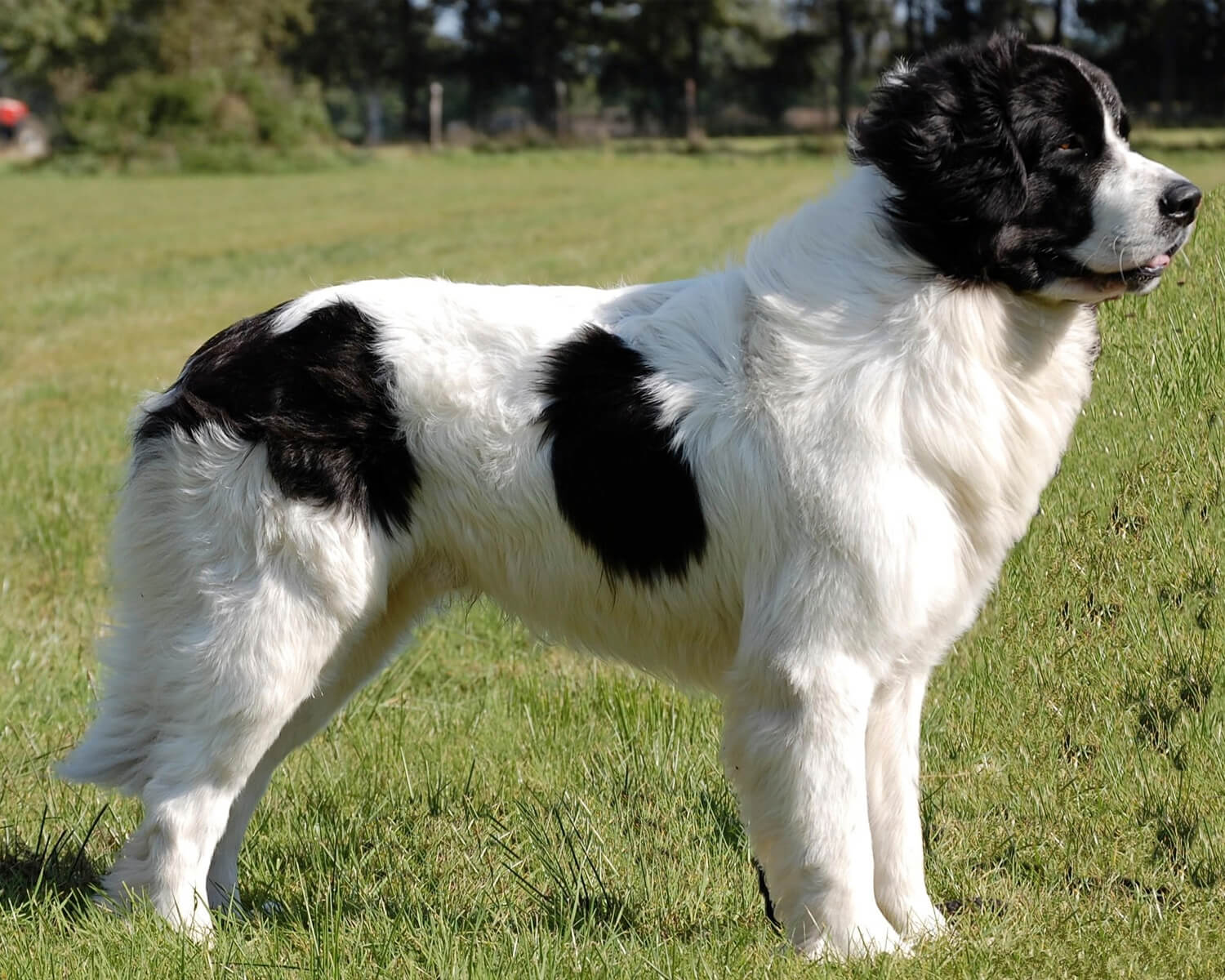
Landseer Disorders
Hip Dysplasia: Hip dysplasia is a disorder that is common in large dog breeds, including Landseers. This condition is characterized by a mismatch between the bone structure of the hip and ankle, resulting in impaired movement and pain. Regular veterinarian exams and preventive measures are recommended to prevent the onset of this condition.
Deforest Disease: Deforest Disease is a genetic disorder that occurs frequently in Landseers. It causes nerve disorders and leads to coordination problems, muscle weakness, and other physical problems. It is recommended that genetic tests be done to determine the risk of developing this disease and to monitor the dog’s health, especially at an early age.
Other diseases: Landseers can also have other diseases such as allergies, skin problems, glaucoma, etc. It is important to monitor your dog’s health and have regular vet checkups.
How long does a Landseer live?
The average lifespan of a Landseer is about 8-10 years. However, as with any dog breed, each dog’s lifespan can be different and depends on many factors such as genetics, health, grooming, nutrition, and lifestyle. In order for your Landseer to live a longer and healthier life, it is advisable to monitor his health, take regular preventive measures and visit the veterinarian in time if any problems arise.
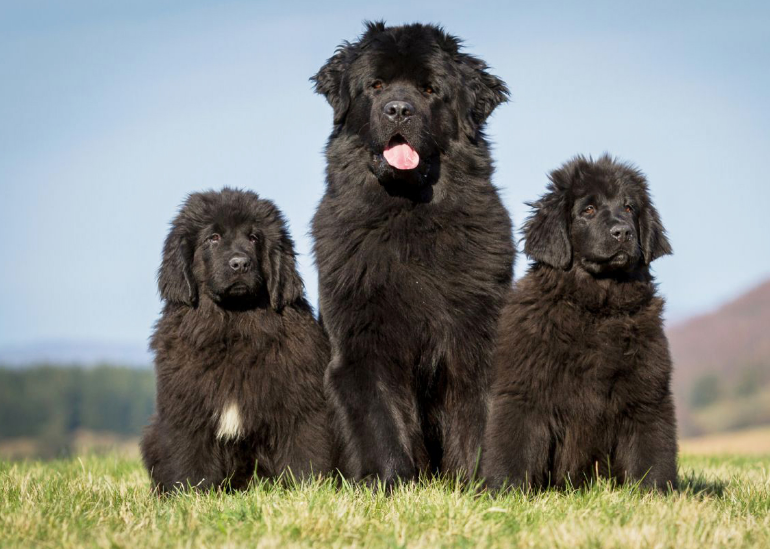
Top 10 facts about the Landseer:
- The Landseer is one of the largest dog breeds in the world, which can reach a weight of up to 90 pounds.
- The history of the breed begins in Germany in the late 19th century, when various Molosser breeds were crossed.
- Landseers were created to protect herds and family holdings, their powerful appearance and loyalty to their owner make them excellent guards.
- Landseers have short ears and round eyes, a broad skull, and a square muzzle.
- Landseers are characterized by a kind character and loyalty to their owners, but may exhibit aggressive behavior toward strangers and animals.
- Landseer care requires regular brushing, proper nutrition, and exercise.
- Landseers can suffer from a variety of diseases, including hip dysplasia and Deforest’s disease.
- Landseers have medium-length, thick coats, usually black or gray, sometimes with white markings on the chest and paws.
- Landseers need regular training and exercise to maintain their health and fitness.
- Landseers are friendly and loyal dogs that are suitable for families with children and are great companions for people who spend a lot of time at home.
Conclusions
The Landseer is a breed of dog that is large in size, powerful in build, and kind in character. They are well suited for guarding family properties and farms, as well as families with children who are looking for a friendly and loyal companion. Landseer care requires regular coat care, proper nutrition, exercise and exercise, as well as preventative measures and regular vet visits. It is important to remember that Landseers can exhibit aggressive behavior toward strangers and animals, so fostering and socializing from an early age is very important. If you are willing to give the Landseer the care and attention it needs, it will become your faithful friend and a great guardian.
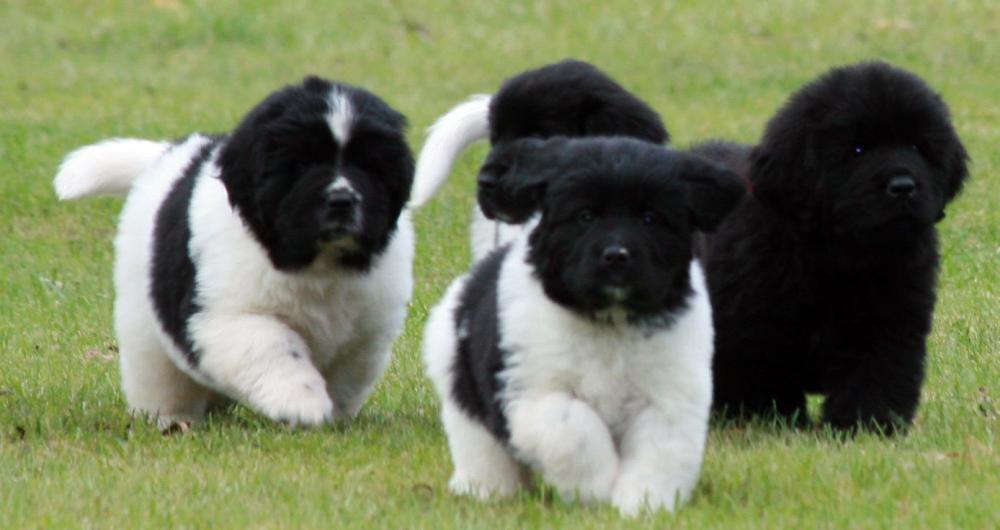

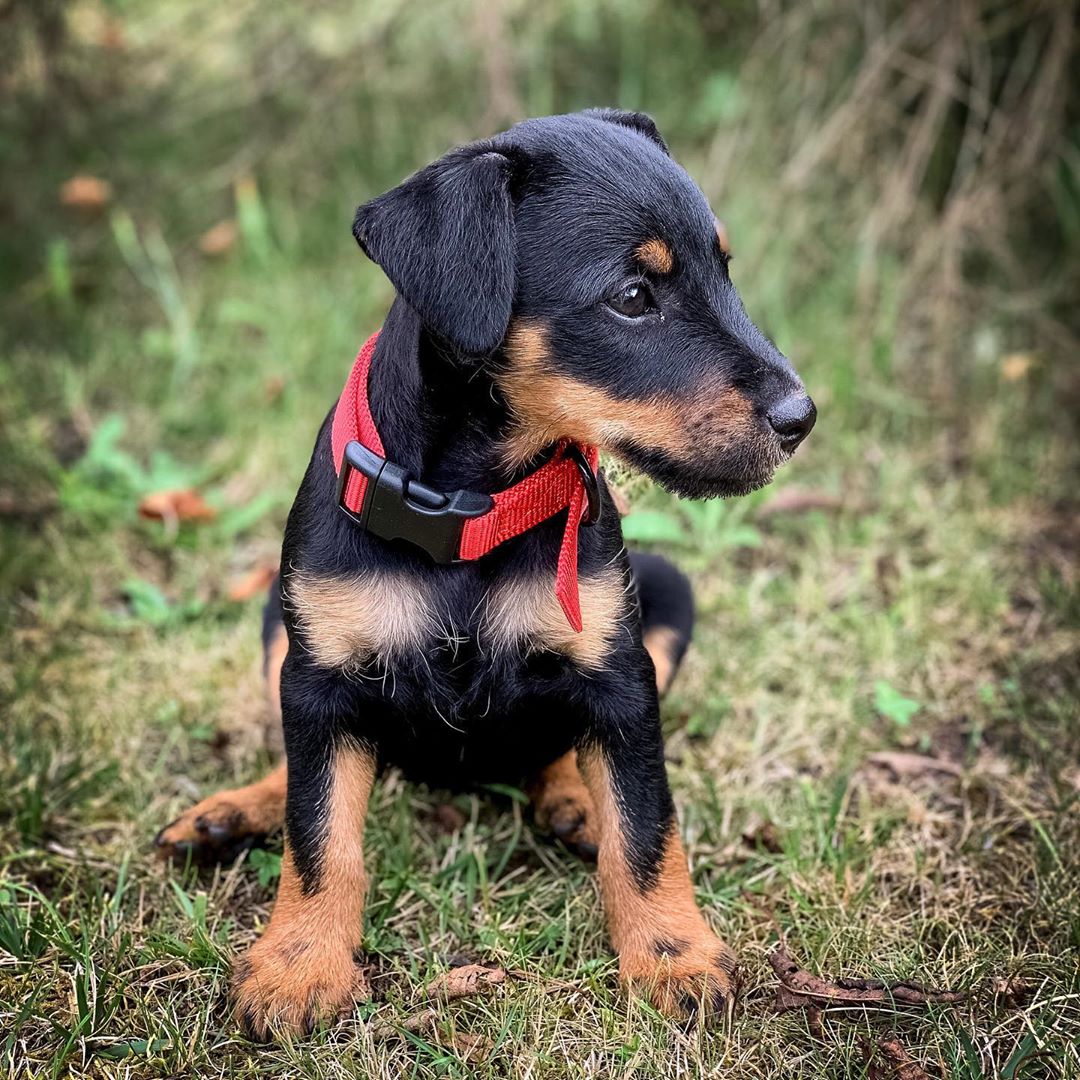
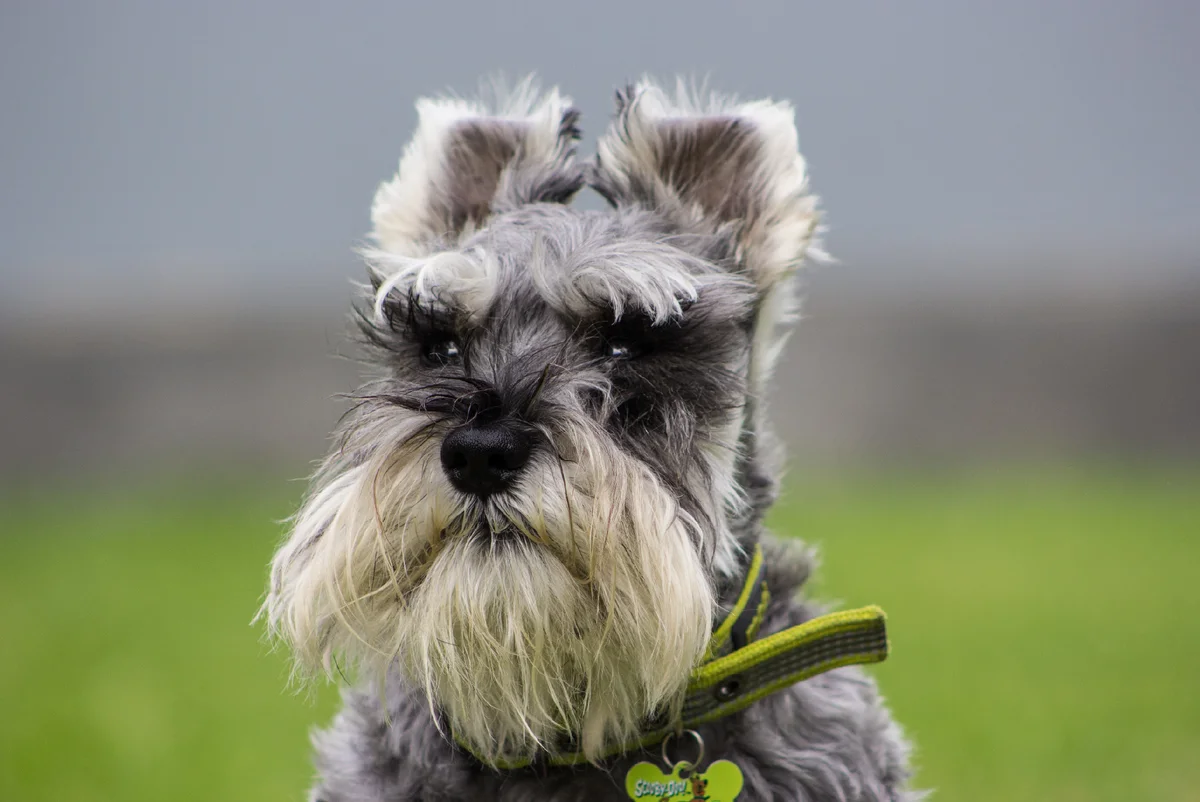
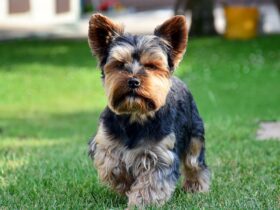
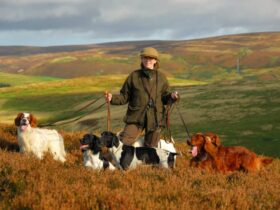
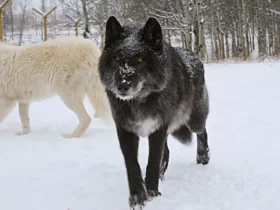
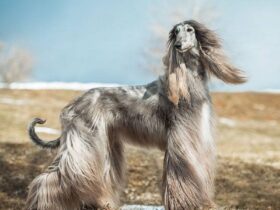
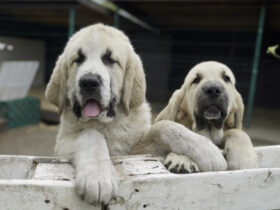
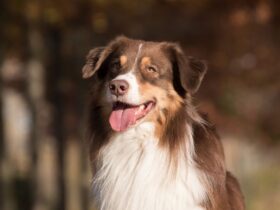
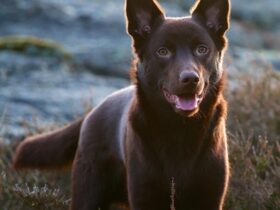
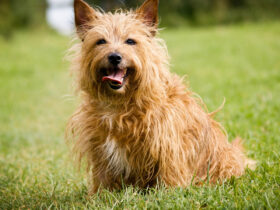
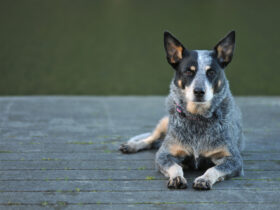
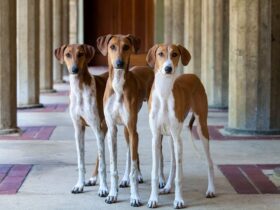
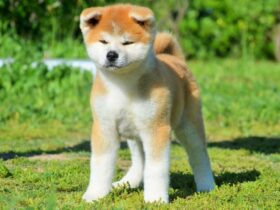
Leave a Reply